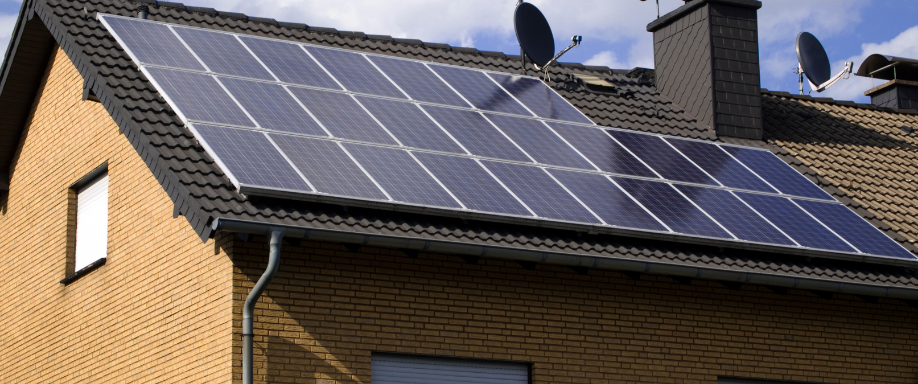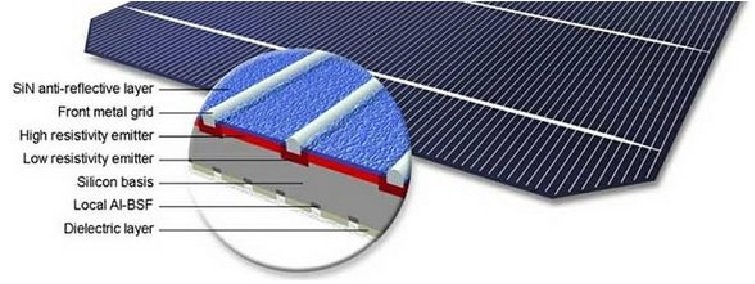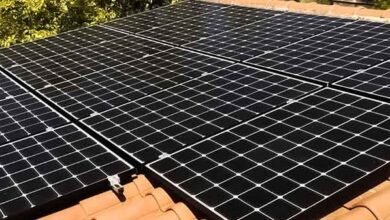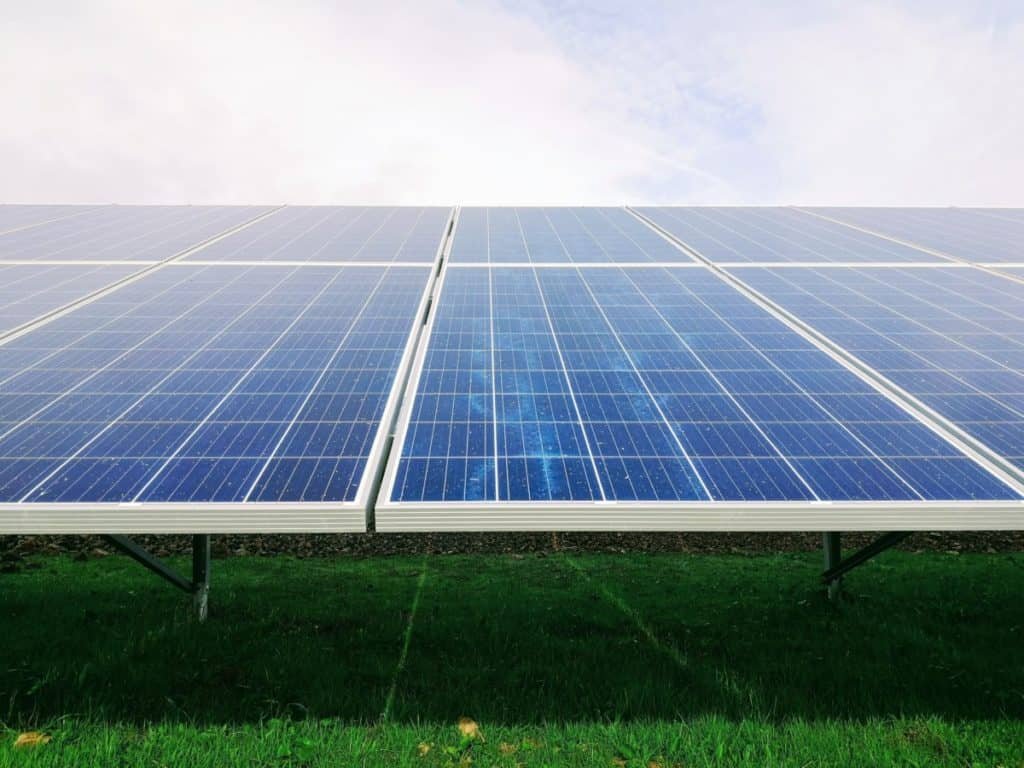
How many solar panels do I need to power a refrigerator?
Knowing the energy needs we have and how to manage some simple calculations, we will know which devices will cover our consumption with certainty. With this article you will be able to see an explanation of the calculations that will help you, changing values, to calculate the capacity of the different devices that make up an isolated solar installation .
How many solar panels do I need to power a refrigerator?
In this particular case, we will calculate an installation that supplies a field house with the most usual consumption: refrigerator, television and lighting. The calculations made are shown below:
Consumption calculation
75W fridge connected 24h: 1800Wh/day
100W TV connected 4h: 400Wh/day
4 5W light bulbs connected 4h: 80Wh/day
TOTAL DAILY CONSUMPTION 2280 Wh/day.
Calculation of solar panels
To calculate the number of suitable solar panels , we will always take the lowest value in peak sun hours (HSP) throughout the year, which in this case corresponds to the months with the least radiation: December and January. This value varies slightly depending on the geographical location in which we find ourselves, however it can be estimated around 3 HSP for the peninsula, and 4 HSP for the Canary Islands.
We first divide the daily consumption by the estimated HSPs to find out the minimum photovoltaic power needed: 2280Wh/day / 3 hours of peak sun = 760W in panels.
Given that the necessary photovoltaic power is low and the consumption to be supplied does not require high power either, we chose to carry out the installation at 12V voltage, using the highest power solar panels that we have: 200W.
The number of panels required would therefore be: 760W / 200W = 3.8 panels of 200W.
Always rounding this value up, we would need at least 4 200W panels .
Calculation of solar batteries
To calculate the necessary battery capacity we will again use the previously obtained daily consumption value of 2280 Wh/day.
We first divide the daily consumption by the voltage of the battery bank 2280Wh/day / 12V, obtaining a necessary battery capacity of 190Ah. Since the battery should not be discharged more than 50% of its capacity because it would quickly lose its useful life, the necessary capacity in this case would be 380Ah.
This capacity would correspond to a battery with 1 day of autonomy. In the event that we are looking for a higher autonomy, we will simply multiply its capacity by the days of autonomy that we are looking for.
Calculation of the charge regulator
The choice of the appropriate regulator will be made knowing previously the connection of panels , series or parallel. In this case, having the panels connected in parallel, the current at its maximum power point (which corresponds to the value of Imp) would be added, obtaining a maximum output current of 11 A * 4 = 44 A.
The selected charge regulator will have to be higher than this value, so we choose a 50 A regulator.
Inverter calculation
The inverter will only be necessary if the consumptions are going to be fed at 220-230V.
In the event that this is the case, an inverter will be selected that is capable of carrying the power of the maximum number of devices that we plan to connect at the same time. In this particular case, if we connect the refrigerator, the television, and the lights, the minimum power required will be: 75W + 100W+20W = 195W.
However, it must be taken into account that there are appliances, such as in this case the refrigerator, whose starting peaks can be much higher, even reaching 1000W if the refrigerator is old.
In this sense, it is convenient to select an inverter greater than the calculated maximum power, and that its starting peak is greater than the expected value, for example an inverter with a power of 600W and a starting peak of 1200W.






